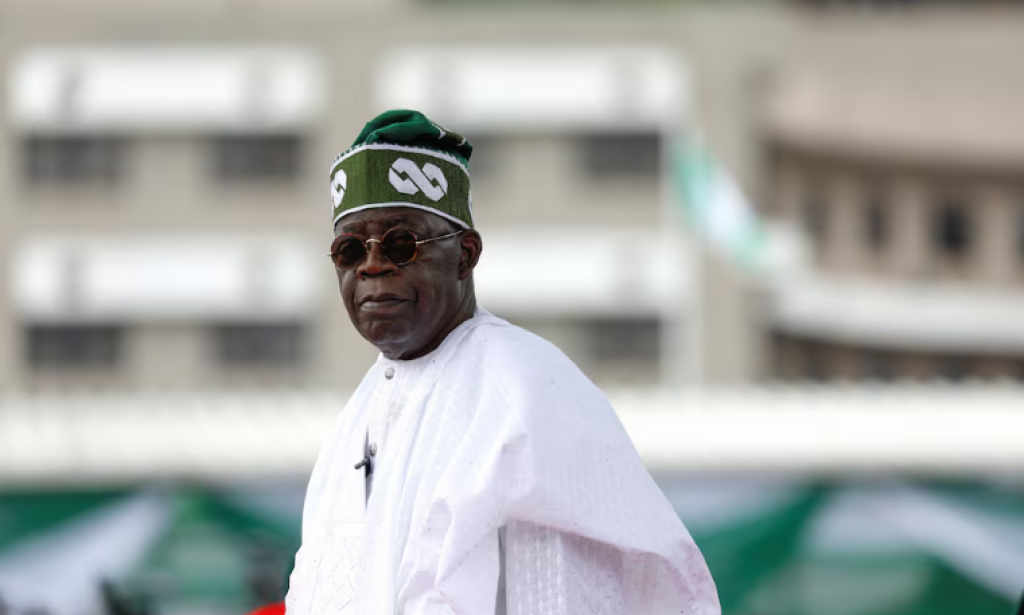Nigeria’s Present Situation: A Landscape of Hope and Challenge
Introduction:
Nigeria stands at a crossroads — a nation full of energy, potential, and resilience, yet weighed down by economic hardship and structural issues. In 2025, the country continues to experience both encouraging progress and deep-rooted challenges that shape the daily lives of millions.
💹 Signs of Progress
Despite the difficulties, there are reasons to remain hopeful.
Economic Growth: According to the World Bank, Nigeria’s economy grew by 3.9 % in the first half of 2025, driven by strong performance in non-oil sectors and improved foreign-exchange stability.
Reforms Underway: The administration of President Bola Tinubu has introduced major reforms — removing fuel subsidies, liberalizing the naira, and tightening tax collection. These steps aim to rebuild confidence and attract investment.
International Support: Institutions like the African Development Bank have pledged $500 million to support Nigeria’s reforms and fiscal recovery.
⚠️ Persistent Challenges
While macroeconomic indicators are improving, everyday Nigerians still face serious difficulties.
Inflation and Cost of Living: Food prices remain painfully high, eroding household purchasing power.
Insecurity: Ongoing unrest and banditry in some regions continue to disrupt agriculture and trade.
Infrastructure Deficits: Power shortages, poor road networks, and limited transport options slow business growth.
Uneven Gains: Economic reforms haven’t yet translated into better living standards for most citizens.
What It Means for Ordinary Nigerians:
For households, rising prices overshadow news of GDP growth.
For small businesses, the unstable power supply and high borrowing costs remain major obstacles.
For young entrepreneurs and digital workers, new opportunities are emerging in tech, freelancing, and innovation.
Key Areas to Watch:
1. Inflation & Cost of Living: Can price pressures ease in coming months?
2. Job Creation: Will reforms generate inclusive employment for Nigeria’s massive youth population?
3. Security & Infrastructure: Can the government restore stability in key sectors?
4. Fiscal Health: Sustaining debt management and transparent spending will be vital.
5. Diversification: Long-term growth depends on moving beyond oil toward manufacturing, agriculture, and IT.
🔮 Outlook: A Cautious Optimism
Analysts project that Nigeria’s growth could rise to 4 – 4.4 % by 2027 if current reforms continue. Yet, the true test lies beyond numbers — it’s about improving lives: reducing poverty, expanding opportunities, and delivering reliable public services.
The Nigerian people have always been resilient. With accountability, innovation, and sustained reforms, there’s still a path toward a more stable and prosperous future.


You must be logged in to post a comment.